Bran Castle in Transylvania is the most visited tourist destination in Romania, mainly due to its association with the myth of the vampire Dracula. This fictional nocturnal resting place of Count Dracula is situated about 100 miles north of the Romanian capital Bucharest, and it makes for a great day trip out of the city.
My first stop en route was at the Peles castle, which was the former summer residence of Romanian King Carol I in the late 19th century. Unfortunately I had arrived on a day that it was not open to the public, so was left to enjoy the grandeur of the castle’s ornate sculptures and colorful murals from the outside instead.
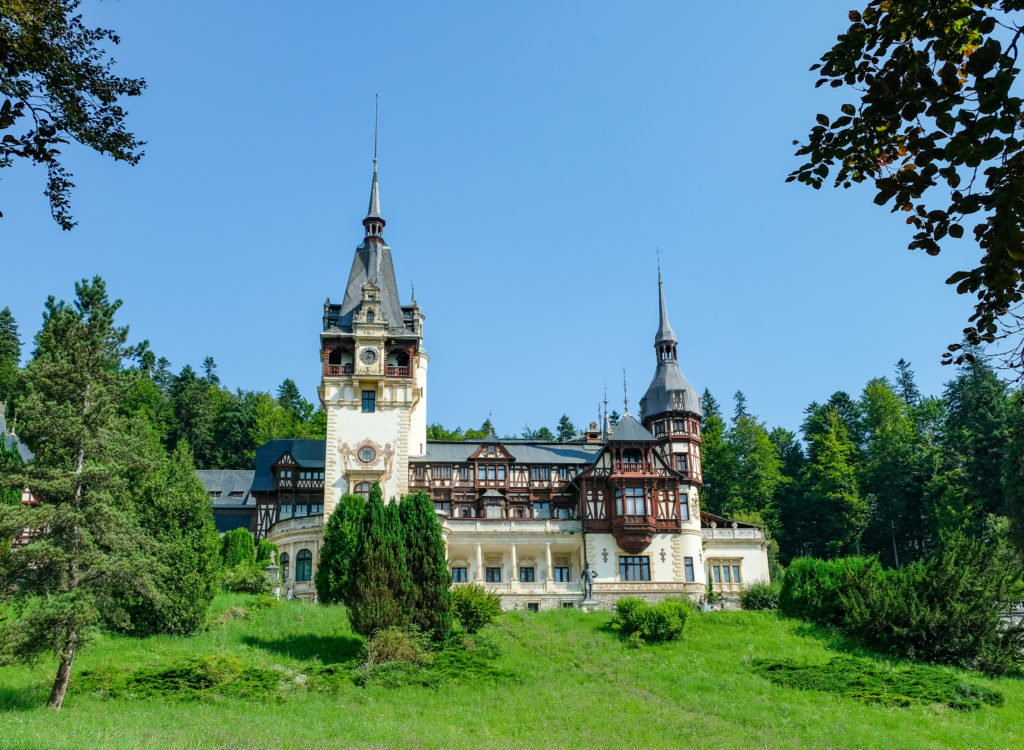
Peles Castle in the Carpathian mountains
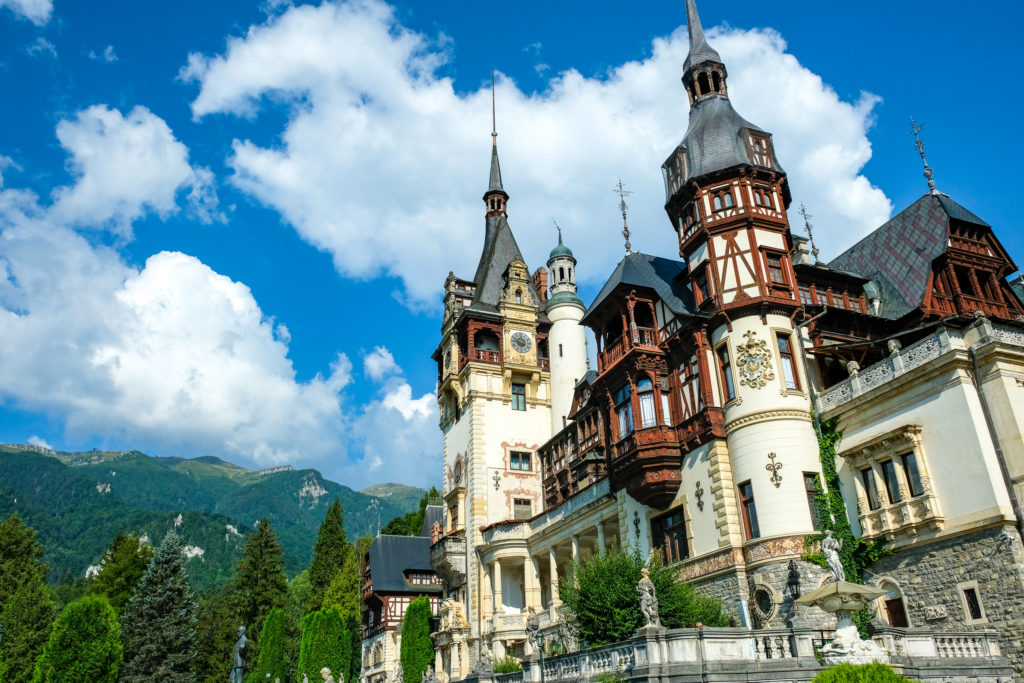
Perfect location for a royal summer residence
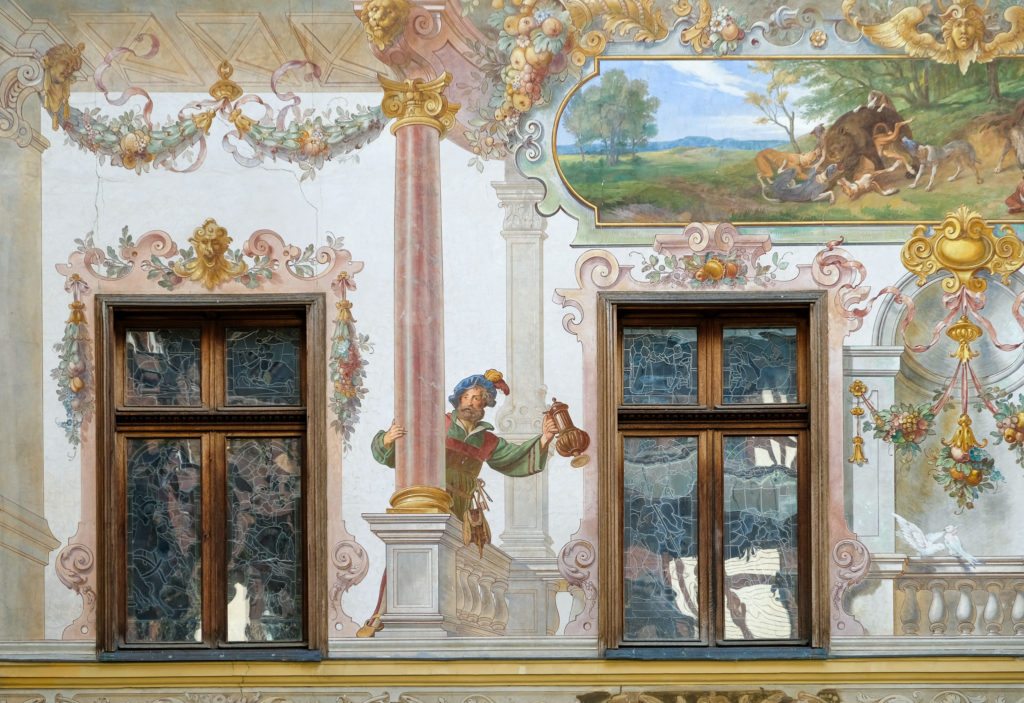
This guy knows how to party
Next stop was the town of Brasov which is nestled between the Carpathian Mountains in the Transylvania region. Brasov was once a Saxon walled city, and much of the medieval old town is still well preserved. The Lutheran Black Church and its Gothic spire towers over the orange brick roofs, colorful pastel buildings and cobble stoned alleyways. Brasov was my pit stop for lunch before heading to the main attraction at Bran castle.
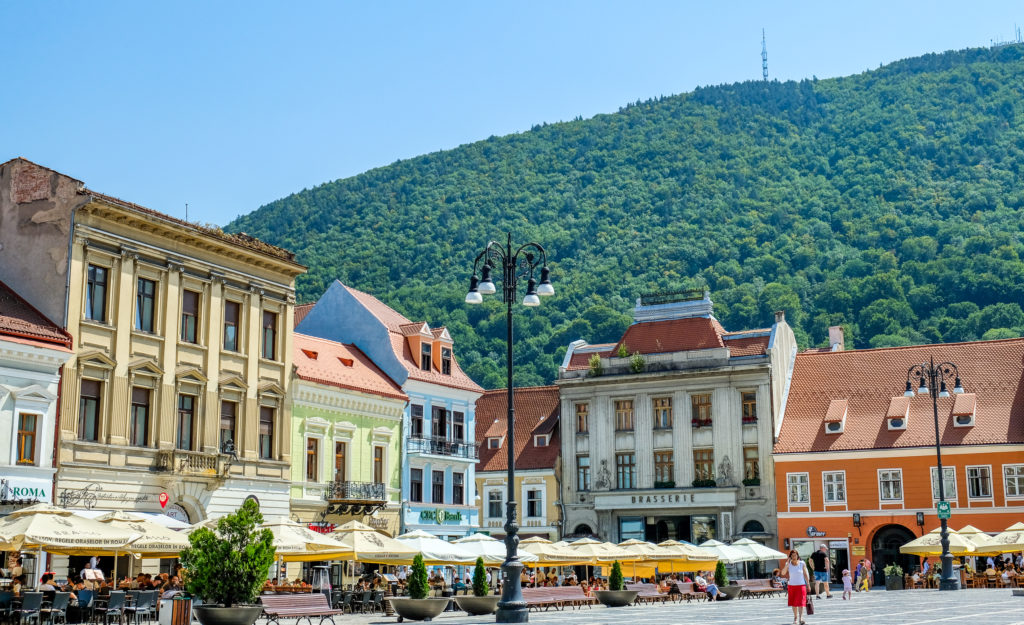
Brasov’s pastel colored colorful main square
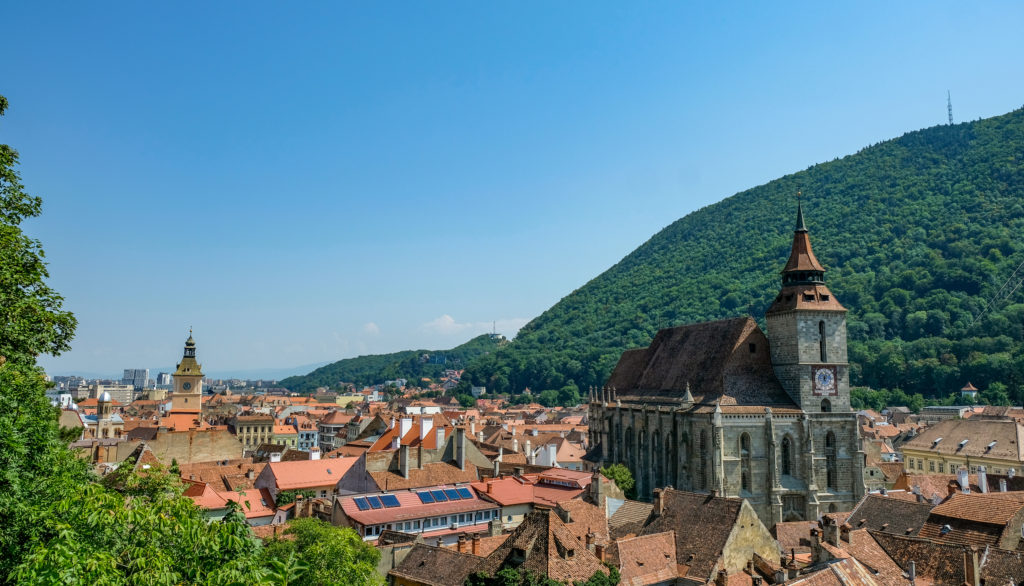
The Black Church, which got its name from the soot that discolored its stone exterior
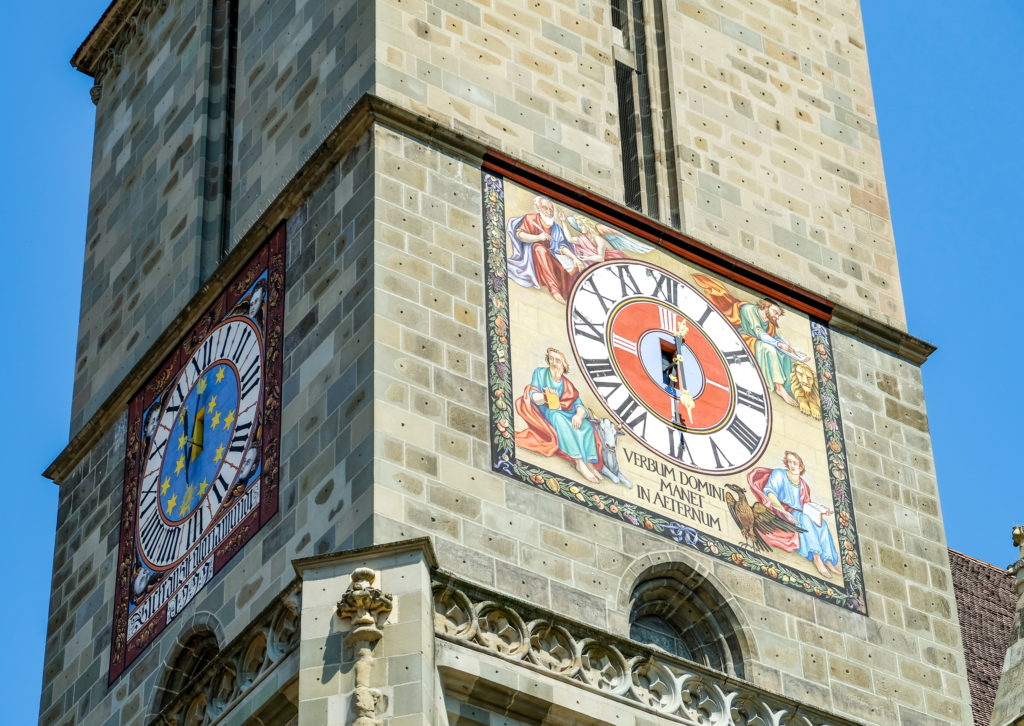
Intricate clock on the church bell tower
The real Dracula – myth busting the origins of the vampire legend
Before the name Dracula became synonymous with the blood sucking immortal from Bram Stoker’s novel in 1897, it was infamous for a different Romanian bloodthirsty tyrant – Prince Vlad Dracula. The original Dracula was a 15th century ruler of the principality of Wallachia, which is now part of Romania. The surname Dracula means ‘son of the dragon’ in Romanian, but Vlad was better known as Peles or ‘the Impaler’. He inherited this moniker from his blood thirst for mass impalings of his enemies – which included Romanian noblemen and vanquished soldiers from wars with the Hungarian saxons of Transylvania as well as the Ottoman Turks.
Novelist Bram Stoker is said to have modeled his protagonist Count Dracula after Vlad the Impaler after reading about his bloodlust and gory exploits. Over Vlad Dracula’s lifetime he is believed to have tortured and killed over 80 thousand people, with many of his victims barbarously publicly impaled on large wooden stakes. When Ottoman Sultan Mehmed II and his troops marched on the Wallachian capital of Tragoviste in 1462, they were met at the outskirts of the city with the macabre sight of almost 24 thousand impaled Turks that Vlad had captured and killed over the course of the war. Even the battle hardened Turks were said to have been unimaginably distressed by that stomach turning sight. Vlad Dracula may have lost the battle with the Ottomans, but he certainly knew a thing or two about psychological warfare and how to land a lasting blow.
Bran Castle was originally built in the late 14th century by the city of Brasov as a military fortress, and has been owned by the Romanian Royal family since 1920. Although the connection of Bran Castle to its infamous patron is tenuous at best (there is no concrete proof that Dracula aver set foot here), that has not stopped the local tourist engine from driving the vampire legend into overdrive. Viewing the setting of Bran castle up high on its rocky precipice in the midst of the Carpathian mountains, and walking through its narrow and eerily dark stairways and torture chamber – it was easy to see why this medieval castle has served to propagate the vampire myth of Dracula in Transylvania further.
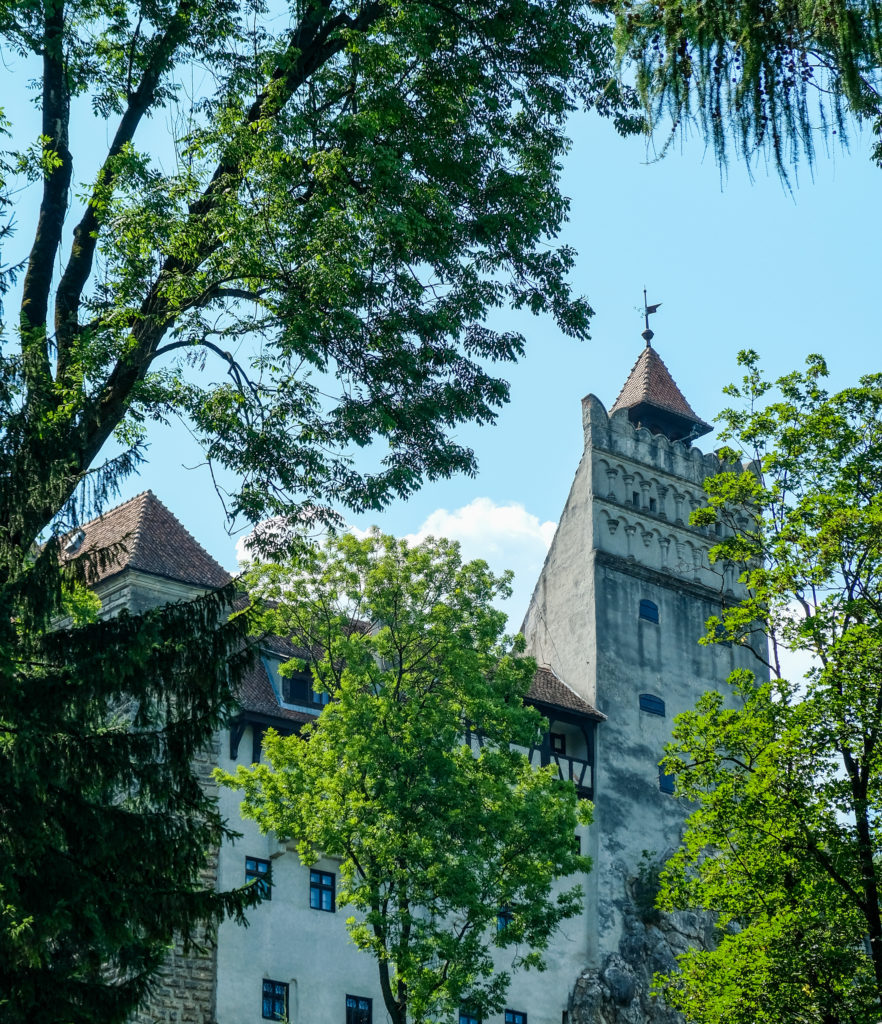
Walking up to Bran Castle
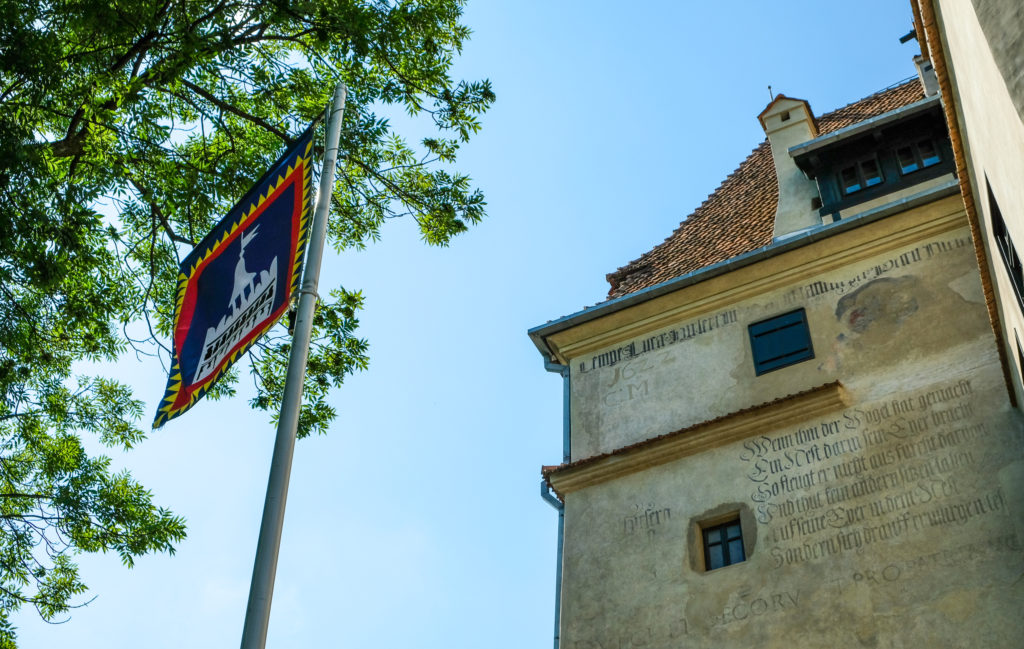
Official flag and insignia of the castle
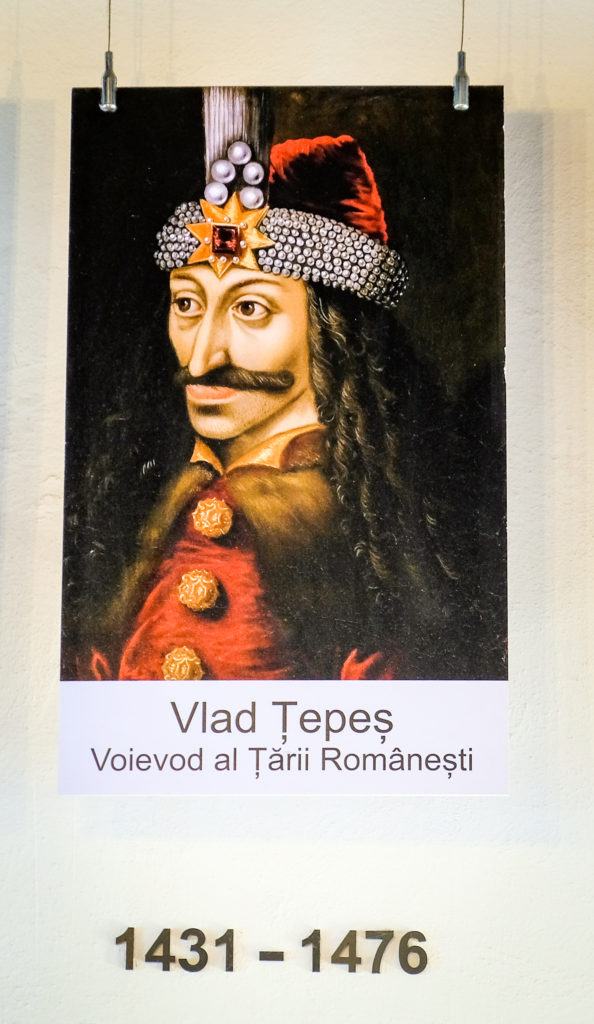
Face to face with the original Dracula
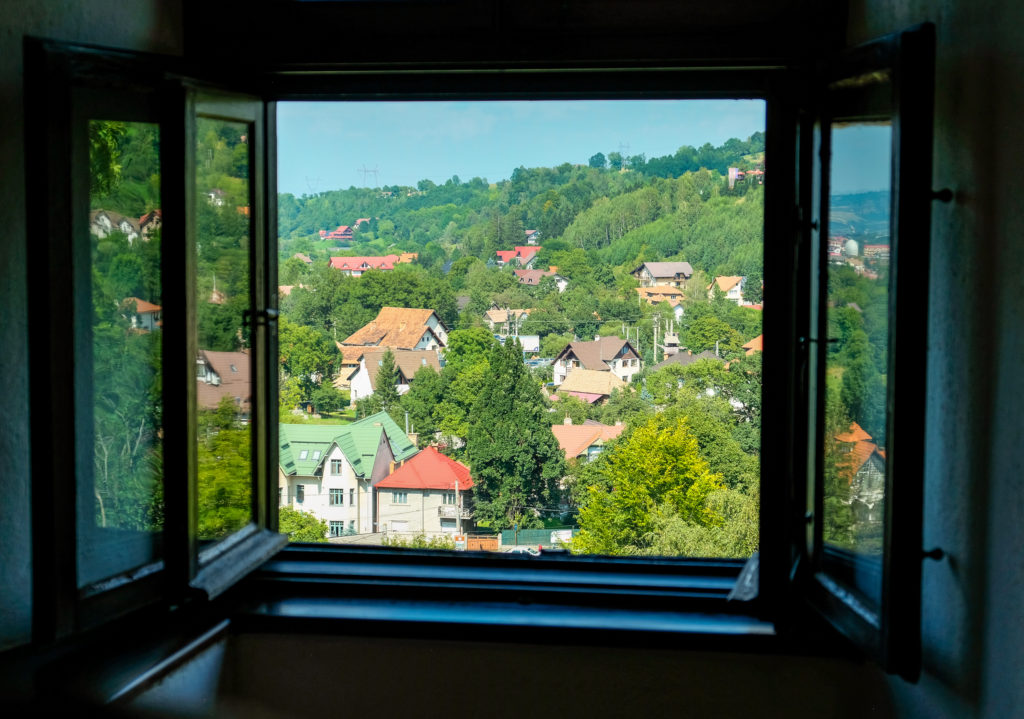
View of the surrounding mountains from within Bran Castle
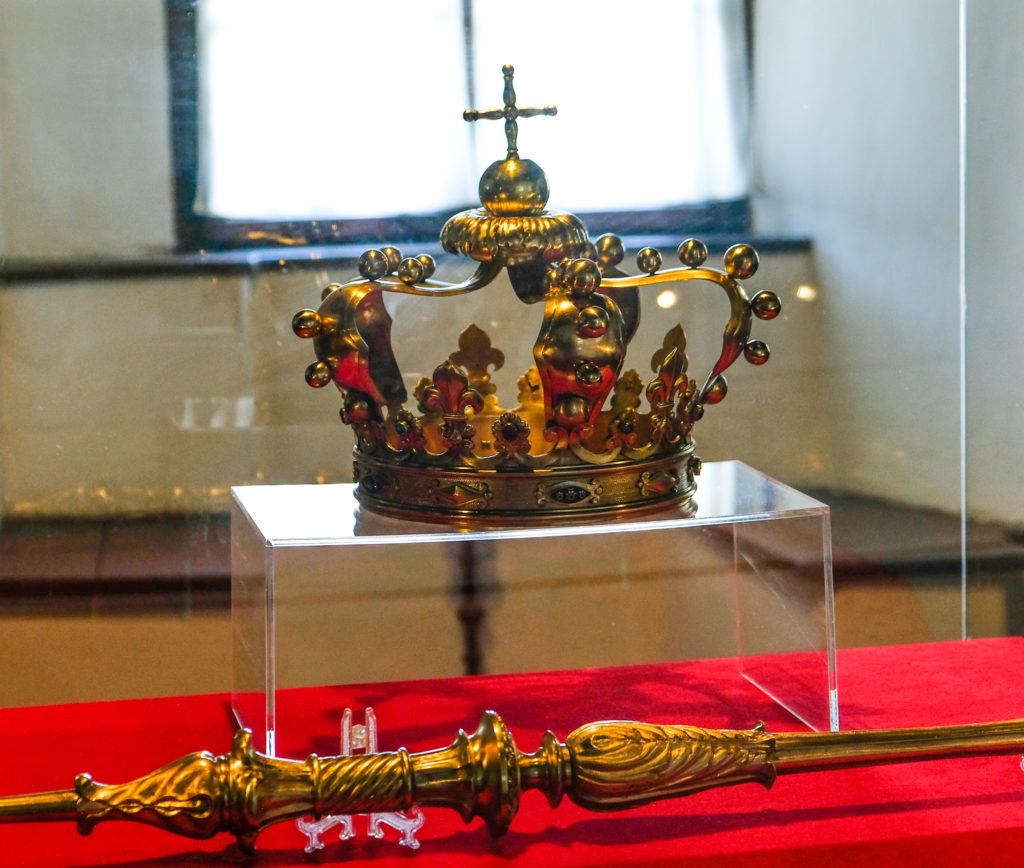
Romanian royals insignia on display
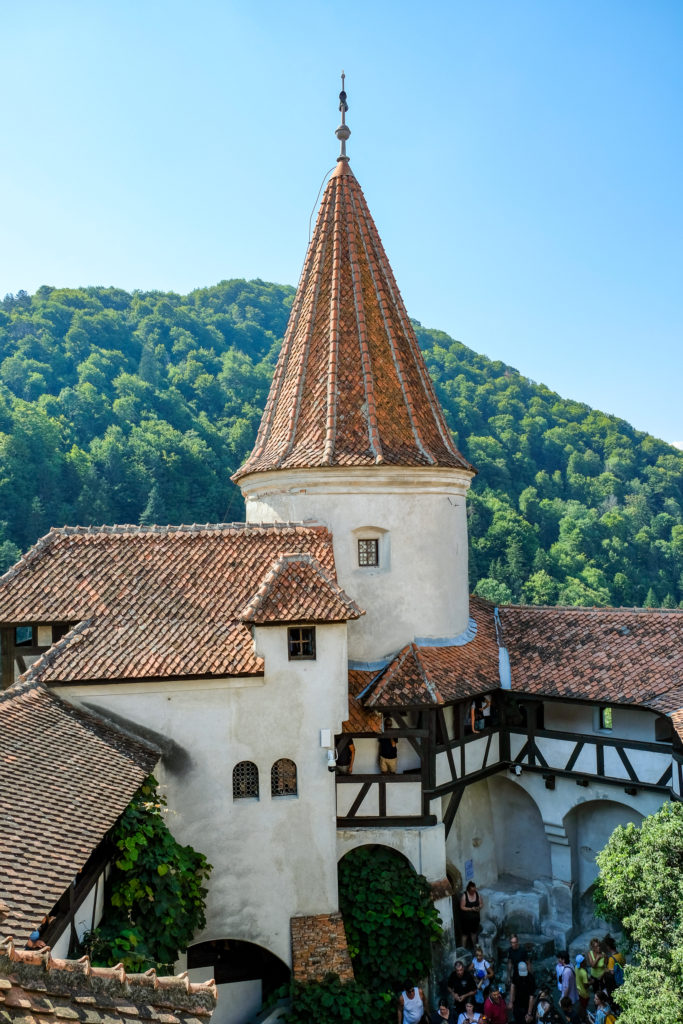
The interior courtyard – no vampires, but infested with tourists instead
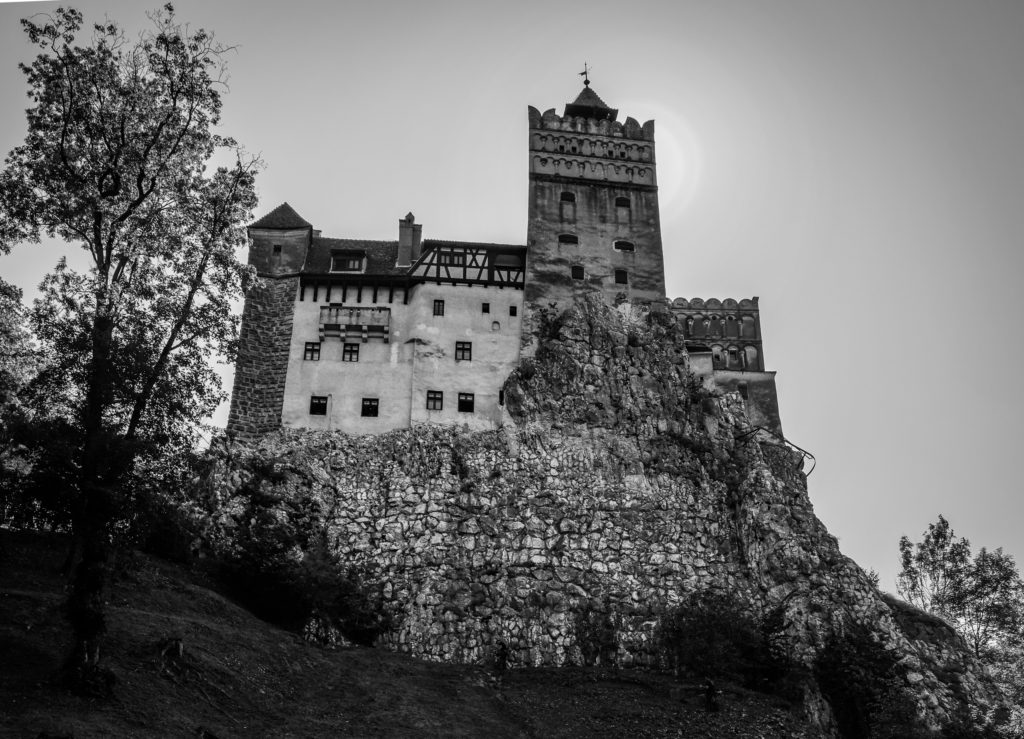
Ominous facade of Bran Castle
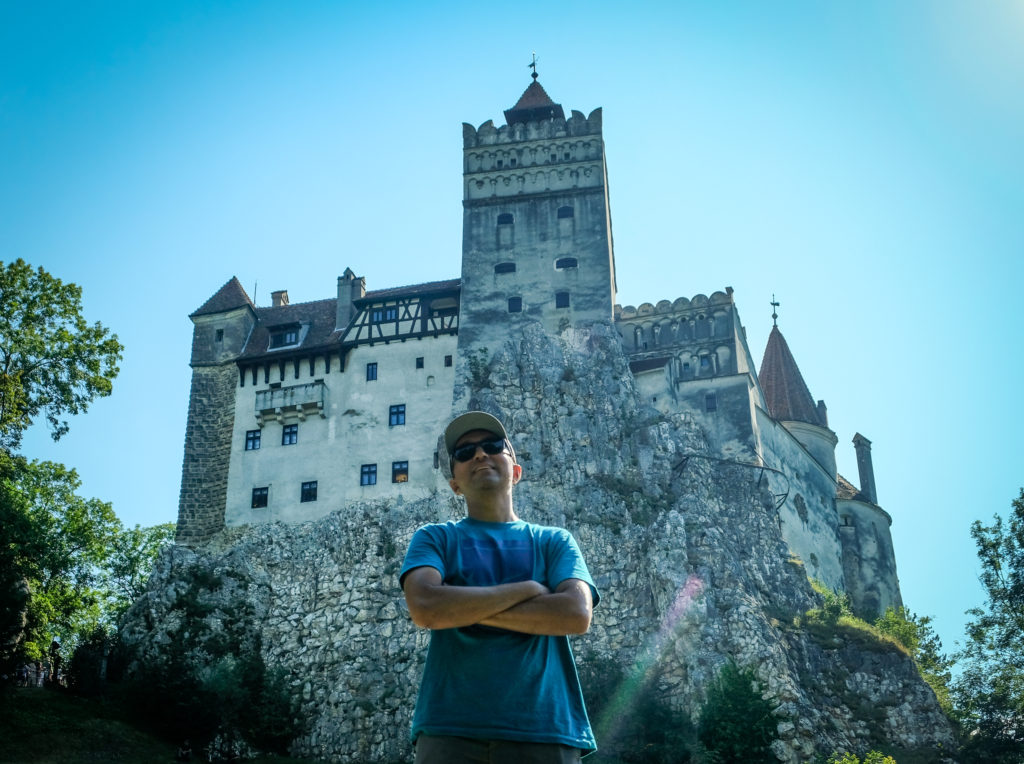
Dracula or no Dracula – felt much safer visiting in broad daylight!
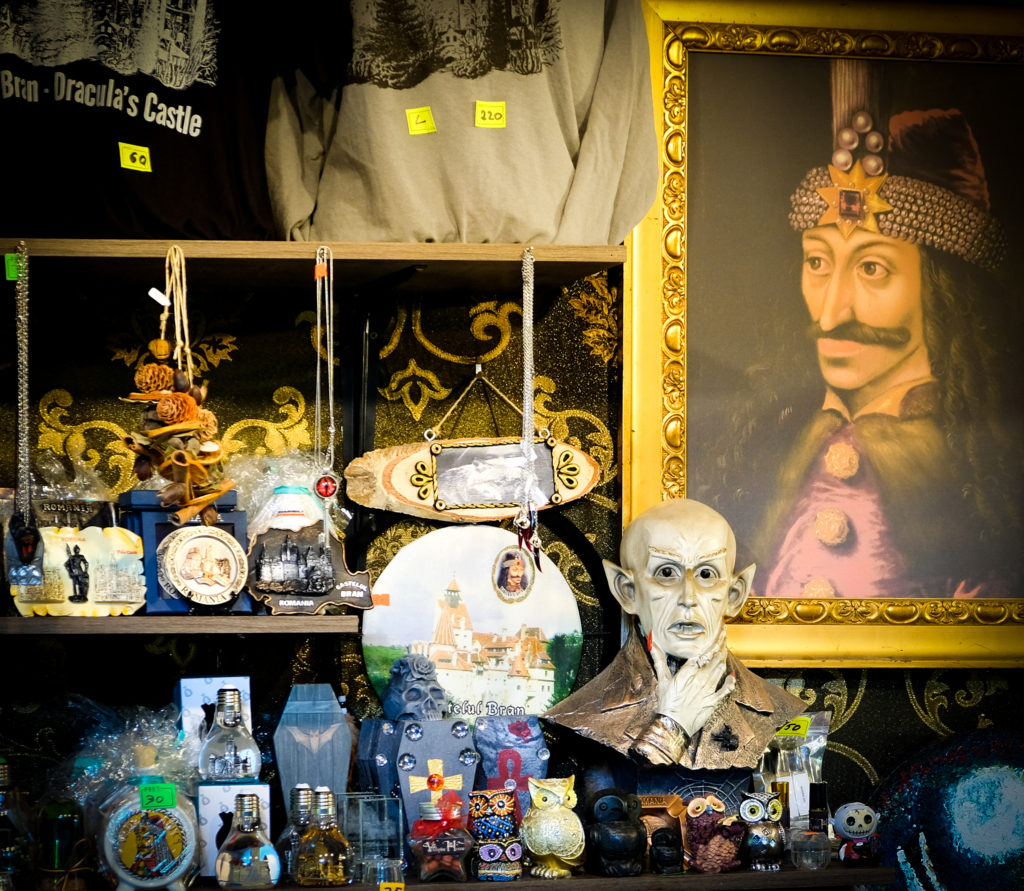
Vampirical trinkets abound in the souvenir stalls of the nearby market

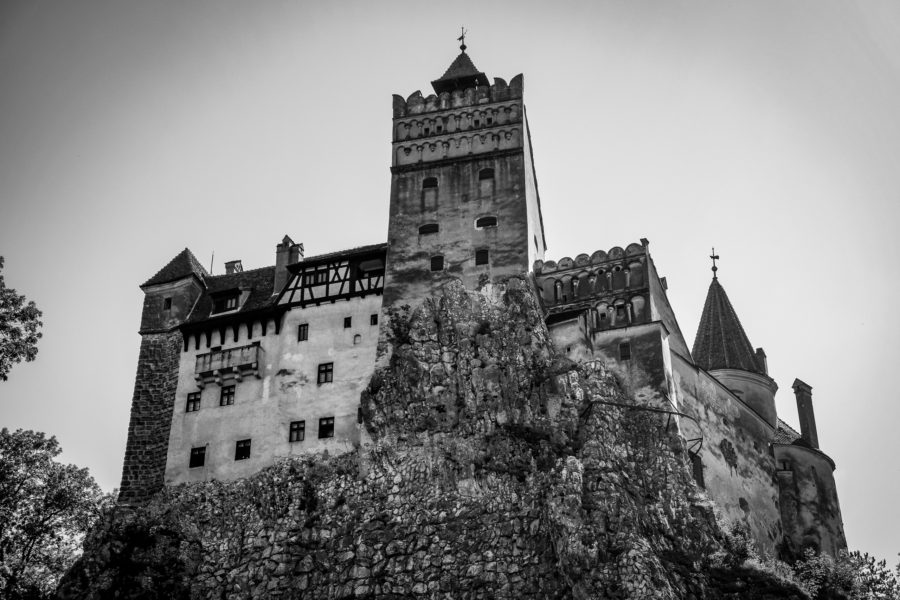
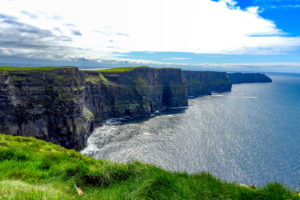
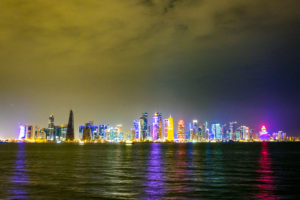
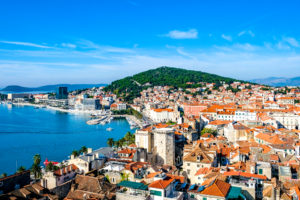




Leave a Reply
Please share your comments below!